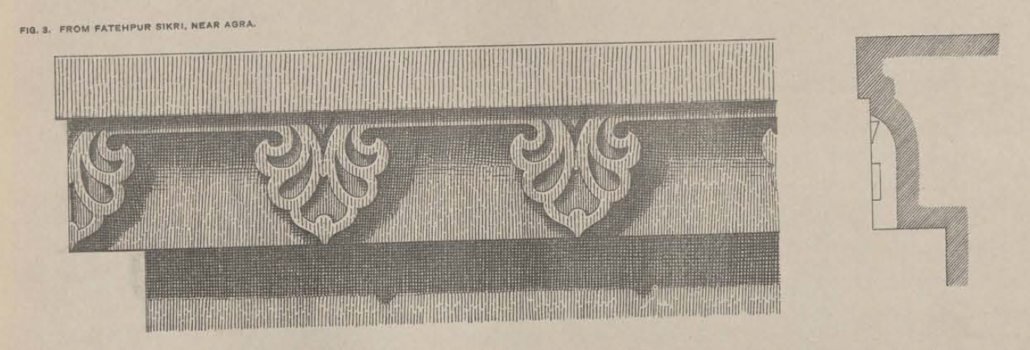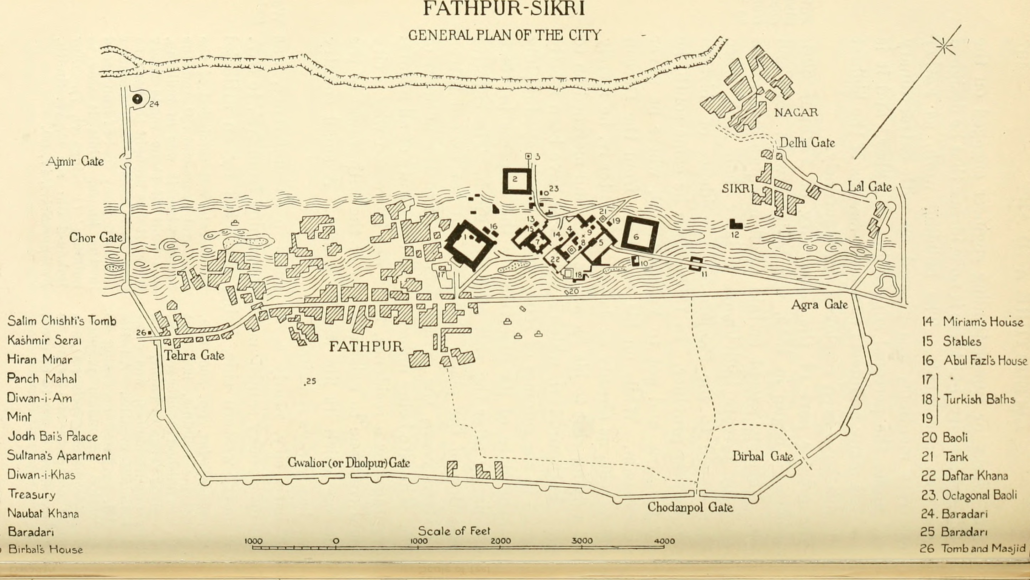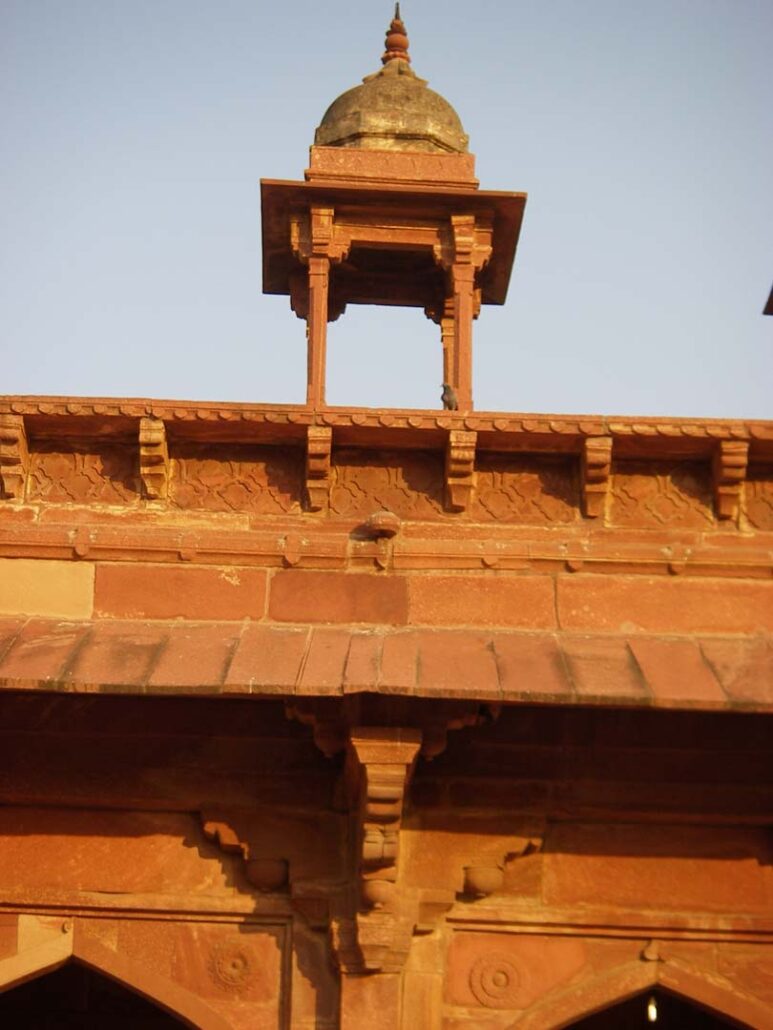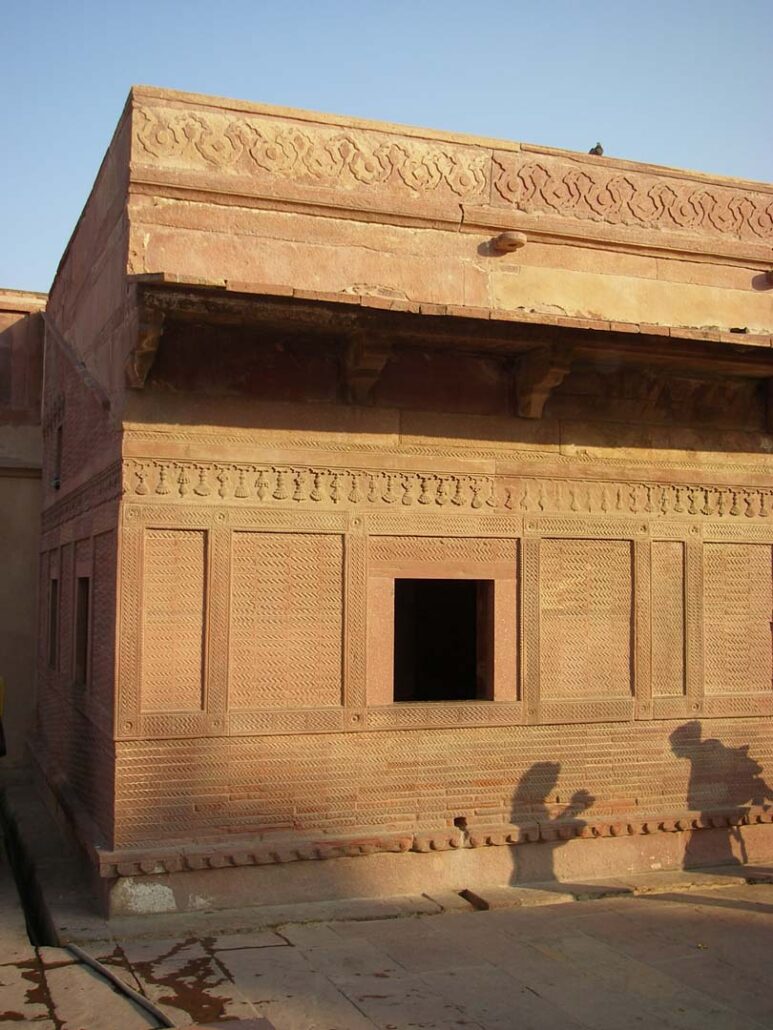Categories
Tags
2019 adi purana bhawna Building Bye Laws Building Regulation Building Services Commercial Cultural heritage Development Finance English Translation Forum Government Project Health Care Hospital Housing Illumination Indo-Islamic architecture Interior Interior Design Resources Ishtopadesh Jainism Jaipur JDA Khandelwal Jain Samaj Land use and Transport Planning Panchayat Samiti Planning Planning Legislations Professional Practice Project Planning and Management PPM Projects Puja PurusharthSiddhiUpay Renovation Residential Scheme Summary swadhyay Theory of Design urban development Management Urban Development Policies Urban Infrastructures & Network Vidhan Villas Ward
- FORUM
- PROJECTS
- ABOUT US
- RESOURCES
- CONTACT US
- FORUM
- PROJECTS
- ABOUT US
- RESOURCES
- CONTACT US
Coping from Fatehpur Sikri near Agra.
October 22, 2023
Jeypore portfolio Part-1 (Coping and Plinths ) Plate-21
Fatehpur Sikri is situated about 37 km West of Agra. It was founded by the Emperor Akbar AD. 1570- 1586, and intended to be the permanent seat of the Moghal Court, and was enriched by magnificent architectural works in the time of Akbar and Jahangir, but was abandoned within 50 years of its foundation in favour of Delhi, owing, it is believed, to its being found to be unhealthy. Nearly all the buildings here are of red sandstone, which is quarried in the neighbourhood. See Plate 46.



The inscribed property covers 60.735 ha, with a buffer zone of 475.542 ha. The city, which is bounded on three sides by a wall 6 km long fortified by towers and pierced by nine gates, includes a number of impressive edifices of secular and religious nature that exhibit a fusion of prolific and versatile Indo-Islamic styles. The city was originally rectangular in plan, with a grid pattern of roads and by-lanes which cut at right angles, and featured an efficient drainage and water management system. The well-defined administrative block, royal palaces, and Jama Masjid are located in the centre of the city.

The buildings are constructed in red sandstone with little use of marble. Diwan-i-Am (Hall of Public Audience) is encircled by a series of porticos broken up at the west by the insertion of the emperor’s seat in the form of a small raised chamber separated by perforated stone screens and provided with pitched stone roof. This chamber communicates directly with the imperial palace complex clustered along a vast court. At the north side of it stands a building popularly known as Diwan-i-Khas (Hall of Private Audience), also known as the ‘Jewel House’. Other monuments of exceptional quality are Panch Mahal, an extraordinary, entirely columnar five-storey structure disposed asymmetrically on the pattern of a Persian badgir, or wind-catcher tower; the pavilion of Turkish Sultana; Anup Talao (Peerless Pool); Diwan-Khana-i-Khas and Khwabgah (Sleeping Chamber); palace of Jodha Bai, the largest building of the residential complex, which has richly carved interior pillars, balconies, perforated stone windows, and an azure-blue ribbed roof on the north and south sides; Birbal’s House; and the Caravan Sarai, Haram Sara, baths, water works, stables and Hiran tower. Architecturally, the buildings are a beautiful amalgamation of indigenous and Persian styles.



Home page of Jeypore portfolio of architecture details
Part-1 Coping and Plinths
Plate 1 | Plate 2 | Plate 3 | Plate 4 | Plate 5 | Plate 6 | Plate 7 | Plate 8 | Plate 9 | Plate 10 | Plate 11 | Plate 12 | Plate 13 | Plate 14 | Plate 15 | Plate 16 | Plate 17 | Plate 18 | Plate 19 | Plate 20 | Plate 22
FAIR USE DECLARATION
This information is provided by the Front Desk Architects and Planners Forum (FDAPF) under Fair Use guidelines for educational and research purposes. To the best of our knowledge, it is in the public domain, and our goal is to make it more accessible for student of Architecture and Planning .
The materials used and displayed on the Sites, including text, photographs, graphics, illustrations and artwork, video, music and sound, and names, logos, IS Codes, are copyrighted items of respective owners. FDAPF is not responsible and liable for information shared above.
If you are the intellectual property owner and have concerns, please contact us, and we will address the matter promptly. Users are advised to verify legal use in their jurisdiction before accessing this material. For more details, visit our website.
2 Comments
[…] Plate 21 : Coping from Fatehpur Sikri near Agra. […]
[…] Plate 1 | Plate 2 | Plate 3 | Plate 4 | Plate 5 | Plate 6 | Plate 7 | Plate 8 | Plate 9 | Plate 10 | Plate 11 | Plate 12 | Plate 13 | Plate 14 | Plate 15 | Plate 16 | Plate 17 | Plate 18 | Plate 19 | Plate 20 | Plate 21 […]